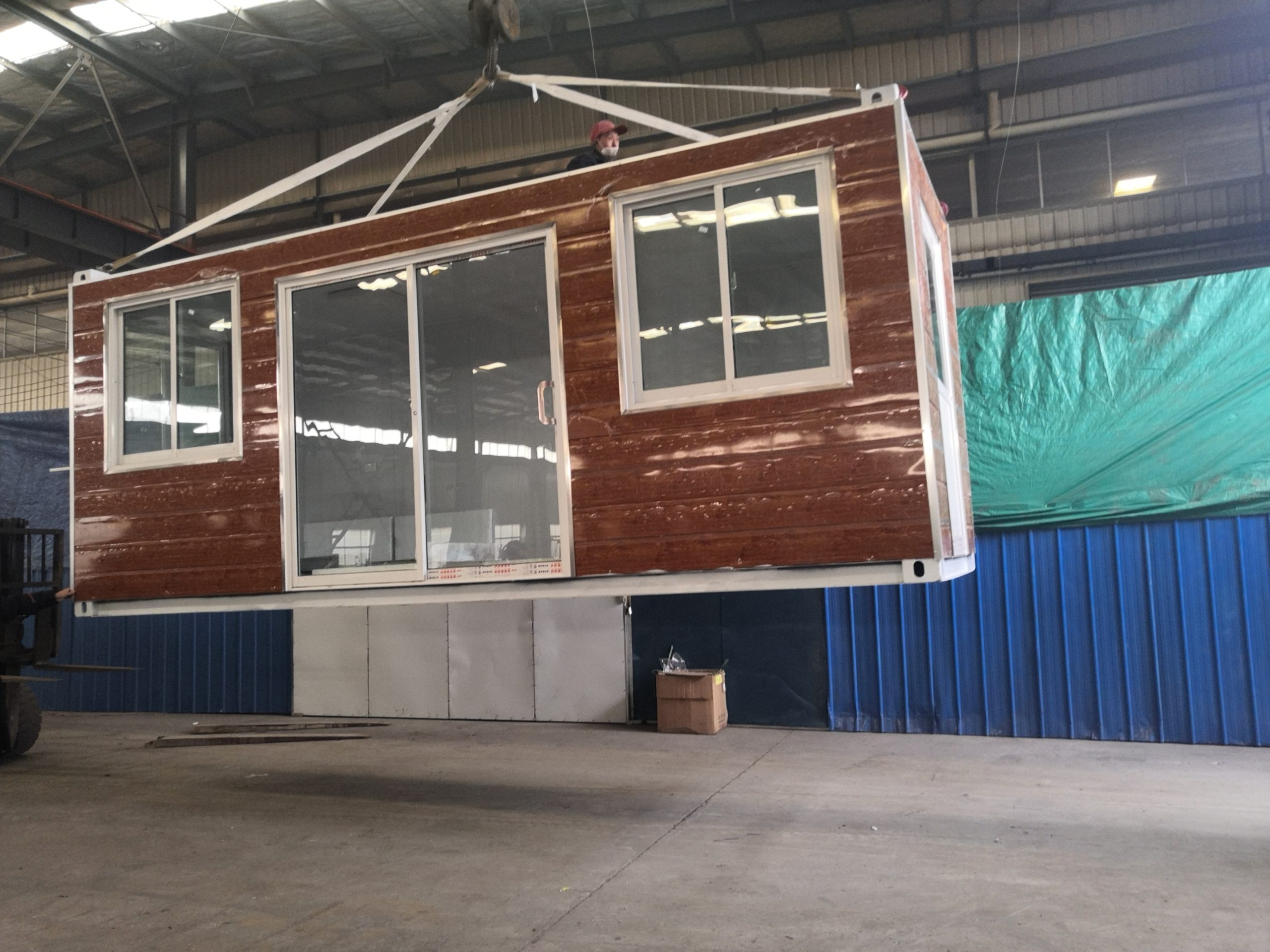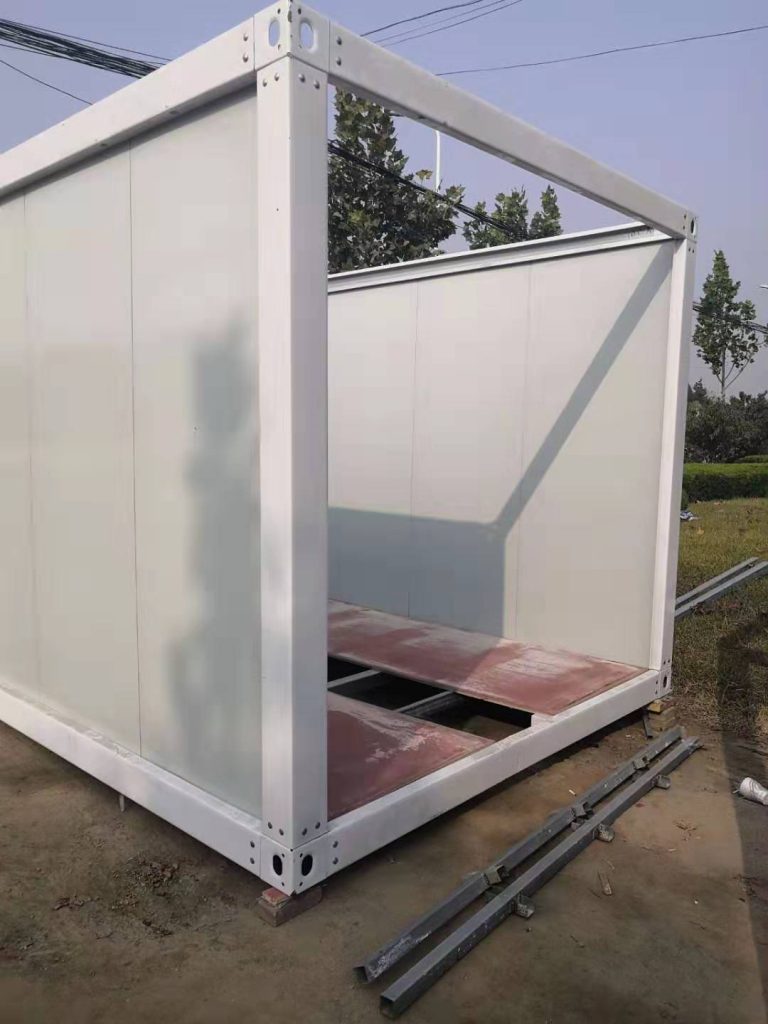Seismic debris flow resistance design of steel structure
Table of Contents
Seismic Debris Flow Resistance Design Considerations for Steel Structures
Seismic debris flow resistance design is a critical consideration for steel structures in areas prone to natural disasters. Debris flows, also known as mudslides or mudflows, are fast-moving mixtures of water, rock, soil, and other debris that can cause significant damage to buildings and infrastructure. In seismic regions, the combination of debris flow and earthquake forces can pose a serious threat to the safety and stability of steel structures.
When designing steel structures to resist seismic debris flow, engineers must consider a range of factors to ensure the building can withstand the forces exerted by these natural events. One key consideration is the location of the structure relative to potential debris flow paths. Buildings located in areas with a high risk of debris flow should be designed to withstand the impact of debris and prevent it from causing structural damage.
In addition to location, the design of the steel structure itself plays a crucial role in its ability to resist seismic debris flow. Engineers must consider the size and weight of potential debris, as well as the velocity at which it may impact the building. By understanding these factors, engineers can design structures that can withstand the forces exerted by debris flow and remain standing in the event of a natural disaster.
One common design approach for seismic debris flow resistance in steel structures is the use of reinforced concrete walls or barriers to deflect or contain debris. These barriers can help protect the building from the impact of debris and prevent it from causing damage to the structure. Additionally, engineers may incorporate features such as sloped roofs or overhangs to help redirect debris away from the building and reduce the risk of structural damage.
Another important consideration in seismic debris flow resistance design is the use of appropriate materials and construction techniques. Steel structures must be built to withstand the forces exerted by debris flow, which may include high winds, water pressure, and impact from debris. By using high-strength steel and ensuring proper construction practices, engineers can create buildings that are more resilient to these forces and better able to withstand the impact of a natural disaster.
In conclusion, seismic debris flow resistance design is a critical consideration for steel structures in areas prone to natural disasters. By carefully considering factors such as location, design, materials, and construction techniques, engineers can create buildings that are better able to withstand the forces exerted by debris flow and remain standing in the event of a natural disaster. By incorporating these considerations into the design process, engineers can help protect lives and property from the devastating effects of seismic debris flow.
Importance of Proper Seismic Debris Flow Resistance in Steel Structure Design
Seismic debris flow resistance is a critical aspect of steel structure design that must be carefully considered to ensure the safety and stability of buildings in areas prone to seismic activity. Debris flows, also known as mudslides or mudflows, are fast-moving mixtures of water, rock, soil, and other debris that can cause significant damage to structures in their path. In seismic regions, the risk of debris flows is heightened due to the potential for earthquakes to trigger landslides and other mass movements.

Proper seismic debris flow resistance design in steel structures is essential to protect against the destructive forces of debris flows. Steel is a popular choice for construction in seismic regions due to its strength, durability, and flexibility. However, without adequate debris flow resistance measures, even the strongest steel structures can be vulnerable to damage from debris flows.
One key consideration in designing steel structures for seismic debris flow resistance is the selection of appropriate materials and construction techniques. Steel components must be carefully chosen and installed to withstand the impact and pressure of debris flows. Reinforced concrete foundations and walls can also help to provide additional support and stability in the event of a debris flow.
In addition to materials and construction techniques, the layout and orientation of steel structures can also play a crucial role in their resistance to debris flows. Buildings should be positioned to minimize their exposure to potential debris flow paths, and structural elements should be designed to redirect or absorb the energy of debris flows to prevent damage to the building.
Another important factor to consider in seismic debris flow resistance design is the incorporation of drainage systems and erosion control measures. Proper drainage can help to divert water and debris away from the building, reducing the risk of damage from debris flows. Erosion control measures, such as retaining walls and vegetation barriers, can also help to stabilize slopes and prevent the initiation of debris flows.
In addition to these physical measures, proper planning and preparation are essential for ensuring the resilience of steel structures in the face of debris flows. Building codes and regulations should be followed to ensure that structures are designed and constructed to withstand the forces of debris flows. Regular inspections and maintenance can also help to identify and address any vulnerabilities in the building’s debris flow resistance.
Overall, the importance of proper seismic debris flow resistance design in steel structures cannot be overstated. By carefully considering materials, construction techniques, layout, drainage systems, erosion control measures, and planning and preparation, engineers and architects can help to ensure the safety and stability of buildings in seismic regions. With the right design and implementation, steel structures can withstand the destructive forces of debris flows and provide a safe and secure environment for occupants.







